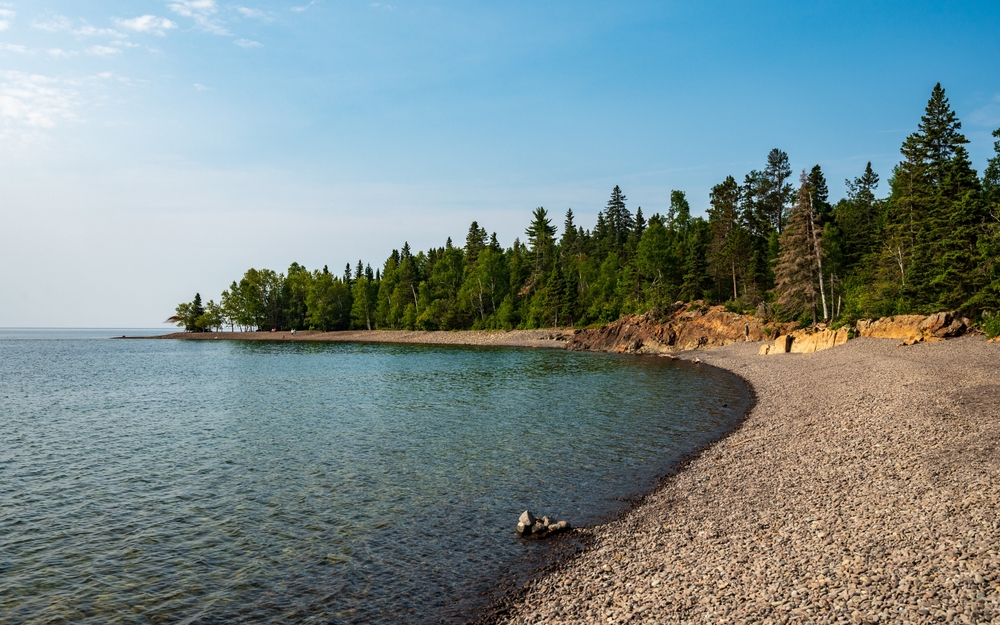Icebergs are some of the most massive natural formations on Earth, drifting through the ocean after breaking off from glaciers or ice shelves in polar regions. These towering ice masses can reach extraordinary sizes, with some spanning thousands of square kilometers. Each iceberg has a unique journey influenced by ocean currents, wind, and temperature changes, often lasting years or even decades before melting completely. Studying these icy giants provides valuable insights into the impacts of climate change, as melting patterns and calving events become more frequent. The largest icebergs in history serve as both awe-inspiring natural wonders and crucial markers for understanding Earth’s changing environment. Here’s a look at nine of the biggest icebergs ever recorded, each leaving a significant impact on science and the environment.
A-68a
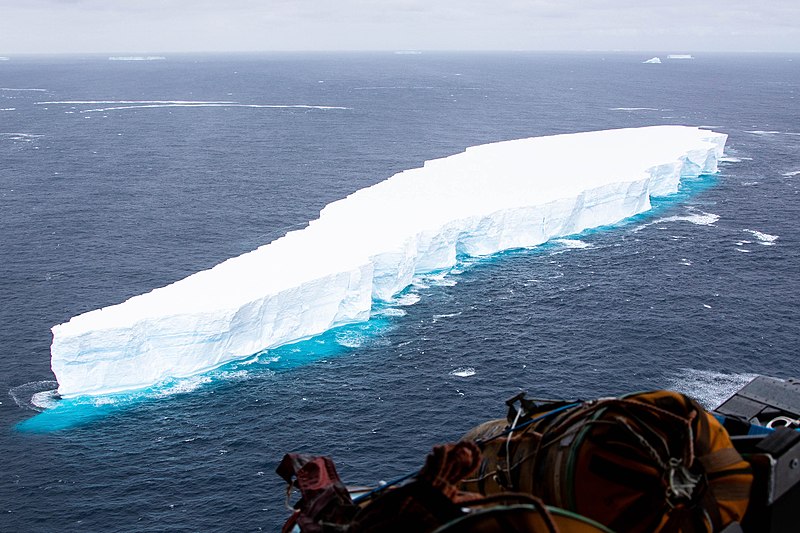
The A-68a iceberg was one of the largest recorded, breaking off from Antarctica’s Larsen C Ice Shelf in July 2017. Originally spanning about 5,800 square kilometers, its massive size was equivalent to a small country. As it drifted through the Southern Ocean, A-68a became a topic of global interest due to its potential impact on maritime routes and local ecosystems. Its journey lasted several years, during which the iceberg fragmented into smaller pieces. Many scientists observed it closely, monitoring how climate change might be influencing iceberg calving rates. The iceberg’s thickness reached around 200 meters, making it an imposing presence on the sea. Eventually, A-68a disintegrated in 2021 near South Georgia Island.
B-15

B-15 remains the largest iceberg ever recorded, with a jaw-dropping surface area of 11,000 square kilometers. Calving from Antarctica’s Ross Ice Shelf in March 2000, it was roughly the size of Jamaica. This colossal iceberg slowly drifted across the ocean, splitting into multiple smaller sections over time. At its peak, B-15 posed navigational hazards due to its size and slow drift. The sheer magnitude of B-15 has provided insights into the potential consequences of global warming on polar ice. Its most prominent section, B-15A, persisted until 2005, when it finally broke down near Cape Adare. Even today, fragments of B-15 continue to float in the Southern Ocean.
C-19
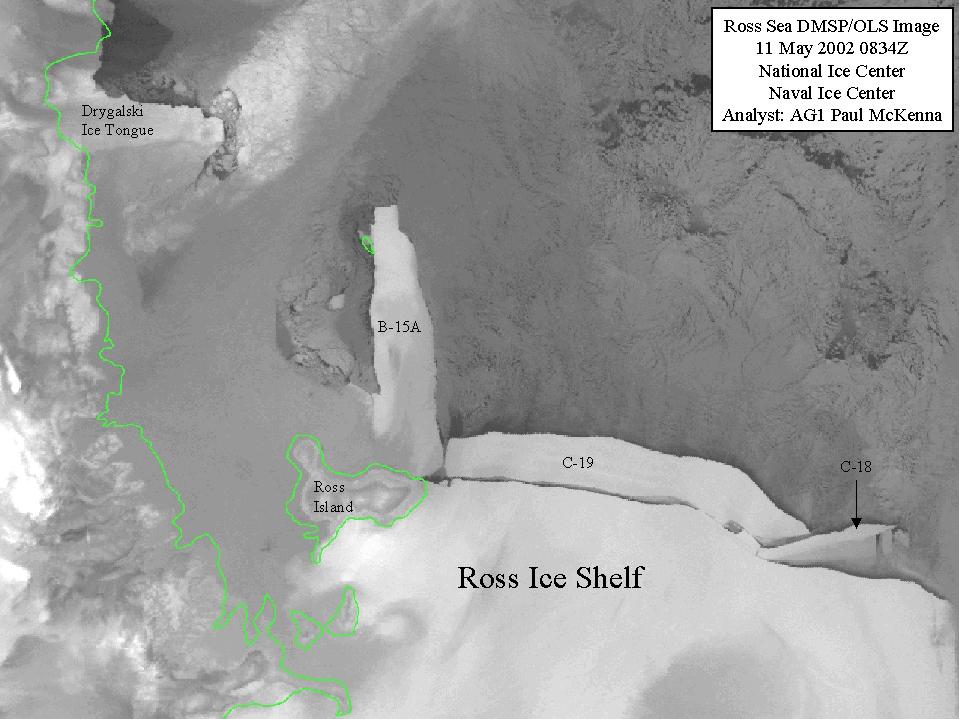
In 2002, C-19 calved from the Ross Ice Shelf, initially covering an area of approximately 5,500 square kilometers. The iceberg spanned about 32 kilometers in width and over 200 kilometers in length. C-19’s impressive scale made it a point of interest for scientists studying ice shelf dynamics. As it drifted into warmer waters, C-19 gradually fragmented, following a common lifecycle for massive icebergs. Observing its disintegration has provided valuable data on iceberg melting patterns in the Southern Ocean. Over several years, pieces of C-19 slowly dissipated, contributing freshwater to the sea. The iceberg’s journey offered critical insights into the future of large ice masses in a warming world.
A-38
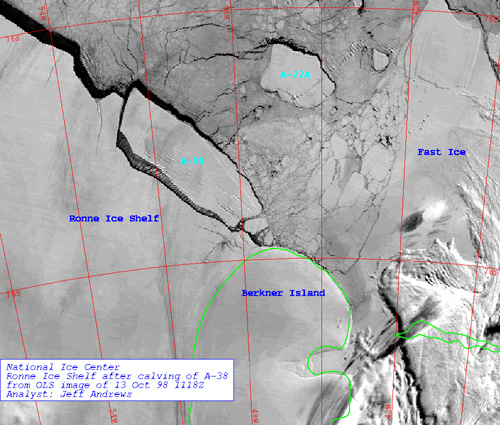
Calving off the Ronne Ice Shelf in October 1998, A-38 was another giant iceberg with an initial area of around 7,200 square kilometers. With dimensions extending over 144 kilometers, A-38 had a unique journey across the Antarctic seas. At the time, this iceberg’s size was unprecedented, sparking significant scientific interest. However, like many large icebergs, A-38 soon began to break into smaller fragments as it drifted away from its origin. These fragments, labeled A-38B and A-38C, continued floating for years, impacting local marine ecosystems. Its disintegration process highlighted how massive icebergs influence nutrient distribution in Antarctic waters. A-38 served as a benchmark for future iceberg studies.
B-9
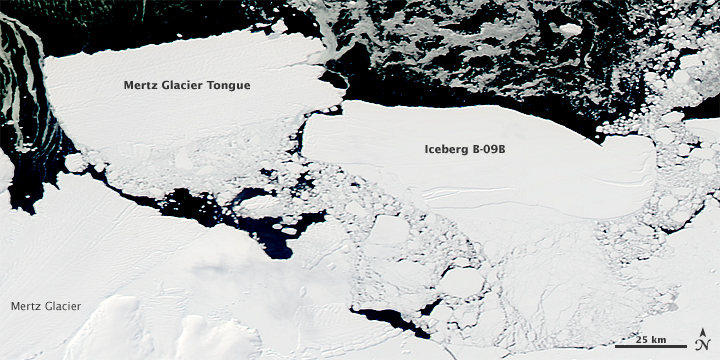
B-9 calved from the Ross Ice Shelf in 1987, initially covering about 5,500 square kilometers. At over 160 kilometers in length, it was among the largest icebergs of its time. As it drifted through the Southern Ocean, B-9 eventually broke into smaller pieces, one of which became known as B-9B. This piece famously collided with the Mertz Glacier in 2010, causing a separate massive calving event. The legacy of B-9 has been significant, highlighting the ripple effects that one iceberg can have on others. Its journey exemplifies the powerful interactions within Antarctica’s dynamic ice systems. Fragments of B-9 remain in the region, marking its enduring impact.
A-76
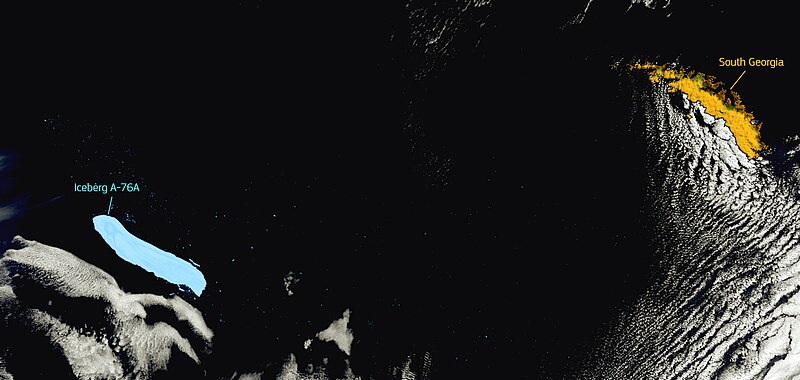
In 2021, A-76 calved from the Ronne Ice Shelf, quickly earning its title as the world’s largest iceberg at that time. Covering over 4,320 square kilometers, A-76 was roughly shaped like a rectangle. Its immense size made headlines, with some comparing it to the size of Rhode Island. Tracking its drift has been a priority, as A-76’s position influences shipping routes and ocean currents. This iceberg has contributed to discussions about ice shelf stability in the face of climate change. A-76’s thickness of 210 meters allowed it to maintain structure despite warmer ocean conditions. Its progress is closely watched for potential environmental impacts.
B-15K
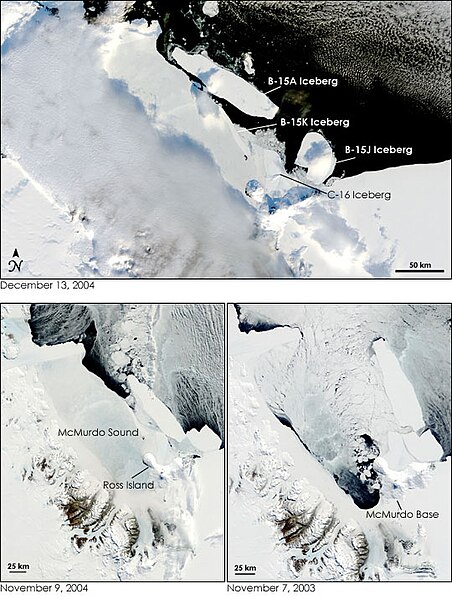
A fragment of the original B-15 iceberg, B-15K retained an impressive size, covering about 1,200 square kilometers. This massive section drifted away from Antarctica’s Ross Ice Shelf after the original iceberg’s calving in 2000. B-15K maintained much of its size and shape over the years, becoming an object of study for its stability in Antarctic waters. Scientists observed its slow journey northward, noting how it influenced local currents and weather patterns. As it began to disintegrate, B-15K affected nutrient flows in the Southern Ocean. Its gradual breakdown highlighted how large icebergs can provide freshwater and nutrients to marine life over time. Though it’s no longer intact, B-15K’s remnants still provide data on iceberg behavior.
B-31
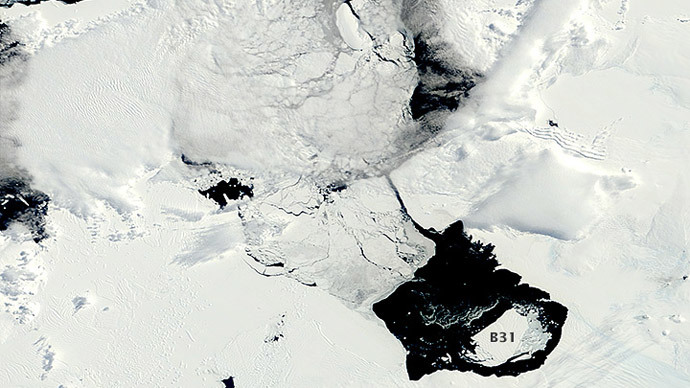
In 2013, B-31 calved from Antarctica’s Pine Island Glacier, initially spanning about 700 square kilometers. While smaller than some historical icebergs, B-31 garnered attention for its potential impact on sea levels due to its location. Unlike many icebergs that calve from ice shelves, B-31 came from a glacier, highlighting the effects of warming on land ice. Its thickness, estimated to be over 500 meters, made it a formidable mass as it drifted into the Southern Ocean. Scientists monitored B-31 closely for its effects on ocean temperatures and ecosystems. Over time, it fragmented, releasing freshwater and impacting local salinity. B-31 remains a symbol of climate change’s reach into glacial regions.
A-22A
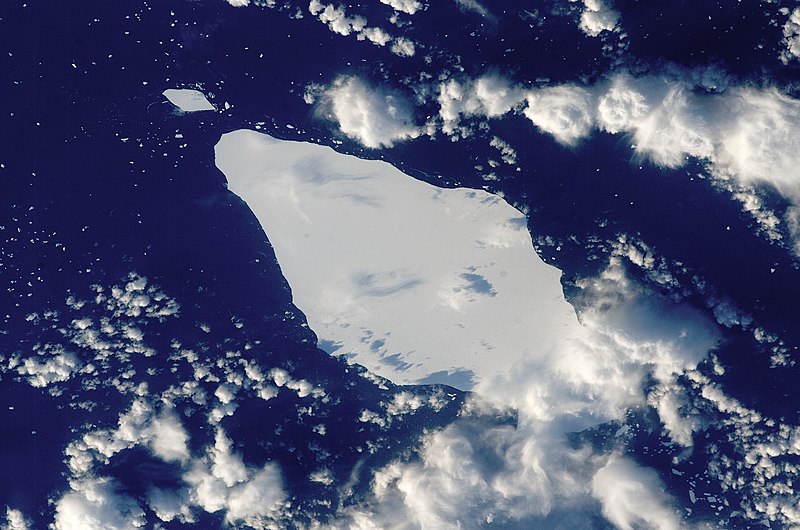
A-22A, originating from the Filchner-Ronne Ice Shelf in the 1980s, covered roughly 4,000 square kilometers. It was an enduring iceberg, persisting in the Southern Ocean for decades. Its stability and slow drift allowed researchers to study its impact on oceanic ecosystems. As it aged, A-22A slowly fragmented, impacting salinity levels and nutrient distribution. Its long lifespan in Antarctic waters underscored the resilience of thick, dense icebergs. The persistence of A-22A became a valuable reference in understanding iceberg dynamics over extended periods. Even as it disintegrated, it continued to be a part of oceanographic studies.
This article originally appeared on Rarest.org.
More From Rarest.Org
Across the world, democracy has deep roots that stretch back centuries, shaping how societies are governed and how peopleâs voices are heard. While modern democracy often brings to mind recent elections and bustling political scenes, its origins are surprisingly ancient and varied. Read more.
Lakes are some of the most stunning and varied natural features on Earth, covering vast areas and housing unique ecosystems. The worldâs largest ones span multiple countries, serve as critical water sources, and provide habitat for countless species. Read more.
Exploring unique foods from around the world can open a window into diverse cultures and unexpected flavors. Each dish has a story that reflects its countryâs traditions, environment, and tastes. Read more.


